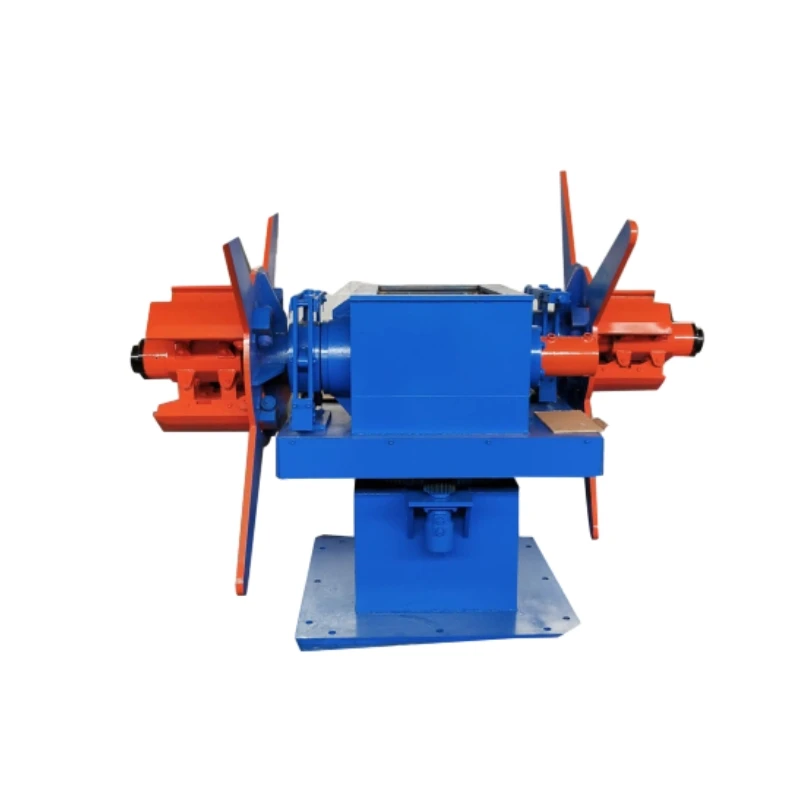Cold Rolling Mill Processes and Technologies in Steel Manufacturing Facilities
Cold Rolling Mill in Steel Plants An Overview
Cold rolling mills play a significant role in the production of steel, converting hot-rolled steel into thinner and more precise dimensions while improving surface finish and mechanical properties. These specialized mills are essential to various industries, including automotive, construction, and manufacturing, where high-quality steel products are required. In this article, we will explore the process, benefits, and technological advancements associated with cold rolling mills in steel plants.
The Cold Rolling Process
Cold rolling is a metalworking process that involves the deformation of steel at room temperature. This process typically follows hot rolling, where steel is initially manufactured at elevated temperatures and subsequently cooled. Cold rolling can occur in two primary forms single-stand mills and multi-stand mills, with the latter being more common in modern steel production facilities.
In a typical cold rolling mill, the steel is passed through a series of rollers that progressively reduce the thickness of the material. As the strips of steel are rolled, they are subject to both deformation and elongation. The steel is usually annealed between passes to relieve internal stresses and enhance ductility. This process not only shapes the steel into the desired thickness but also enhances its mechanical properties, such as yield strength, tensile strength, and hardness.
Benefits of Cold Rolling
The advantages of cold rolling are numerous, making it an essential process in refining steel products. Some of the primary benefits include
1. Improved Surface Finish Cold rolling results in a smoother and more uniform surface, which is critical for applications requiring plating, painting, or any finishing processes.
3. Enhanced Mechanical Properties The process increases strength and hardness of the steel through strain hardening. As a result, cold-rolled materials can handle greater stresses and loads compared to their hot-rolled counterparts.
cold rolling mill in steel plant

4. Reduced Waste Utilizing cold rolling allows for more efficient use of material, minimizing waste generated during the manufacturing process. This efficiency can lead to significant cost savings.
5. Versatility Cold rolling can be applied to various steel grades and alloys, providing a wide range of products including sheets, strips, and plates.
Technological Advancements
The steel industry has witnessed various technological advancements that have enhanced the efficiency and capability of cold rolling mills. Automation plays a crucial role, with advanced control systems enabling precise monitoring and adjustment of rolling parameters. This not only improves product quality but also increases the overall efficiency of the production process.
Another significant advancement is the incorporation of predictive maintenance technologies. By using sensors and data analytics, operators can identify potential issues before they lead to equipment failures, thereby reducing downtime and maintenance costs.
Moreover, innovations in rolling technology, such as the implementation of tandem mills, have allowed for higher production speeds and improved energy efficiency. These mills integrate multiple stands of rollers in a single line, eliminating the need for intermediate handling and additional processing steps.
Environmental Considerations
As the steel industry moves towards more sustainable practices, cold rolling mills are also adapting. Efforts to recycle water, reduce emissions, and manage waste have become integral to modern steel plants. Innovations in energy recovery systems and the use of environmentally friendly lubricants are helping to minimize the ecological footprint of the cold rolling process.
Conclusion
Cold rolling mills are an indispensable part of steel production, providing enhanced material properties, dimensional accuracy, and improved surface finish. As technology continues to evolve, these mills are becoming more efficient and environmentally friendly, paving the way for the future of steel manufacturing. The continued innovation in this field not only meets the rising demands of various industries but also drives progress towards a more sustainable and responsible approach to steel production. As we look ahead, the role of cold rolling mills will undoubtedly remain vital in shaping the steel industry and its ability to meet global needs.
-
High Frequency Straight Seam Welded Pipe Production Line-BzZhou Xinghua Machinery Equipment Manufacturing Co., LTD.|line pipe steel&welded gas pipeNewsJul.30,2025
-
High Frequency Straight Seam Welded Pipe Production Line-BzZhou Xinghua Machinery Equipment Manufacturing Co., LTD.|High Precision&Automated SolutionsNewsJul.30,2025
-
High Frequency Straight Seam Welded Pipe Production Line - BzZhou Xinghua Machinery Equipment Manufacturing Co., Ltd.NewsJul.30,2025
-
High Frequency Straight Seam Welded Pipe Production Line-BzZhou Xinghua Machinery Equipment Manufacturing Co., LTD.|Precision Welding, High EfficiencyNewsJul.30,2025
-
High Frequency Straight Seam Welded Pipe Production Line|BzZhou Xinghua|Precision Welding&EfficiencyNewsJul.30,2025
-
High Frequency Straight Seam Welded Pipe Production Line - BzZhou Xinghua|Precision Engineering&EfficiencyNewsJul.30,2025


